Permit to work plays a pivotal role in ensuring the safety and well-being of workers across various industries. It is an indispensable tool to mitigate potential risks and hazards associated with specific tasks. Without these permits, accidents and incidents occur. It puts employees' lives at stake and exposes organizations to legal and financial repercussions.
This blog explores the significance of the permit to work, their types, and their critical considerations.
Definition and Purpose of Permit to Work
What is a Permit to Work?
A permit to work is a formal document that authorizes and details the specific conditions under which a high-risk work activity can be performed. It is a risk assessment tool, and a record of precautions to mitigate potential hazards.
Why is a Permit to Work Necessary?
Permit to work is necessary because of the following reasons:
Mitigate Risks: By identifying potential hazards and providing safety measures, permits help reduce the risk of accidents and injuries.
Ensure Accountability: They specify roles and responsibilities for individuals involved in the activity, making it clear who is responsible for safety.
Enhance Communication: Permits provide a standardized method for communicating safety requirements to everyone involved.
Legal Requirements and Regulations
For specific high-risk activities, many countries mandate the use of permits. Failing to comply with legal requirements and regulations can result in legal consequences and penalties. Understanding and adhering to local and industry-specific regulations is crucial.
Considerations Before Obtaining Work Permits
Identifying Potential Hazards and Risks
Before obtaining a permit to work conducting a comprehensive hazard analysis is essential. Identifying potential risks associated with a specific task is the first step in ensuring a safe work environment. This analysis helps in determining the appropriate permit required.
Assessing the Need for Permit to Work
Not all tasks require a work permit. Assessing whether a task involves significant risks and warrants a permit is crucial. Overusing permits can lead to unnecessary paperwork while failing to use them when needed can compromise safety.
Roles and Responsibilities of Individuals Involved
Clearly defining the roles and responsibilities of everyone involved in the task is vital. It ensures that each person understands their responsibilities in maintaining safety and compliance during the work process.
Types of Permit to Work
A work permit is classified depending on the nature of the job and the hazard involved. Here, let's see some of the work permits.
1. General Work Permit
The General Work Permit authorizes routine and non-hazardous tasks, typically everyday operations like maintenance, cleaning, and basic repairs. While it may provide fewer details than other permits, its primary objective is to ensure the safe execution of work, even when risks are relatively low.
2. Lifting Permit to Work
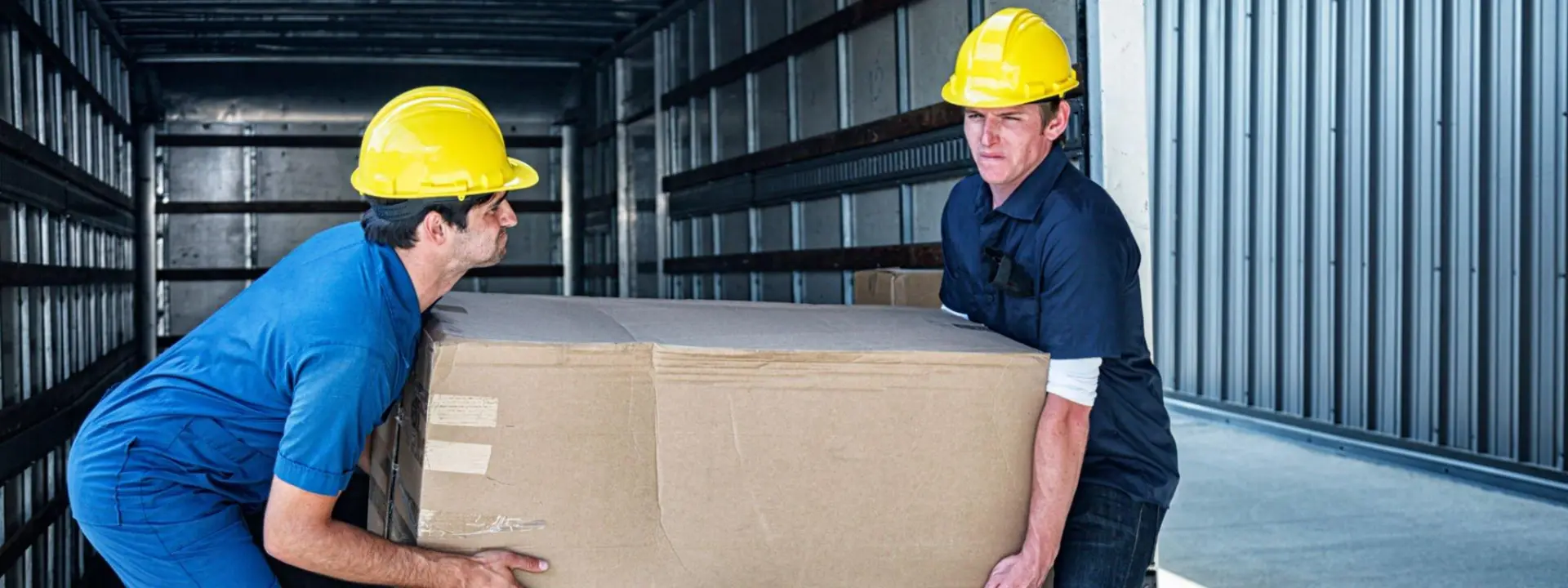
A lifting work permit is a document or authorization that grants permission to perform lifting operations, such as using cranes, hoists, or other lifting equipment, within a specific area or work site. It describes the conditions, safety measures, and procedures to ensure safe lifting tasks execution. This permit is issued by a competent authority or HSE officer after assessing the risks involved. It ensures that all safety requirements are met before the lifting operation begins.
3. Confined Space Permit
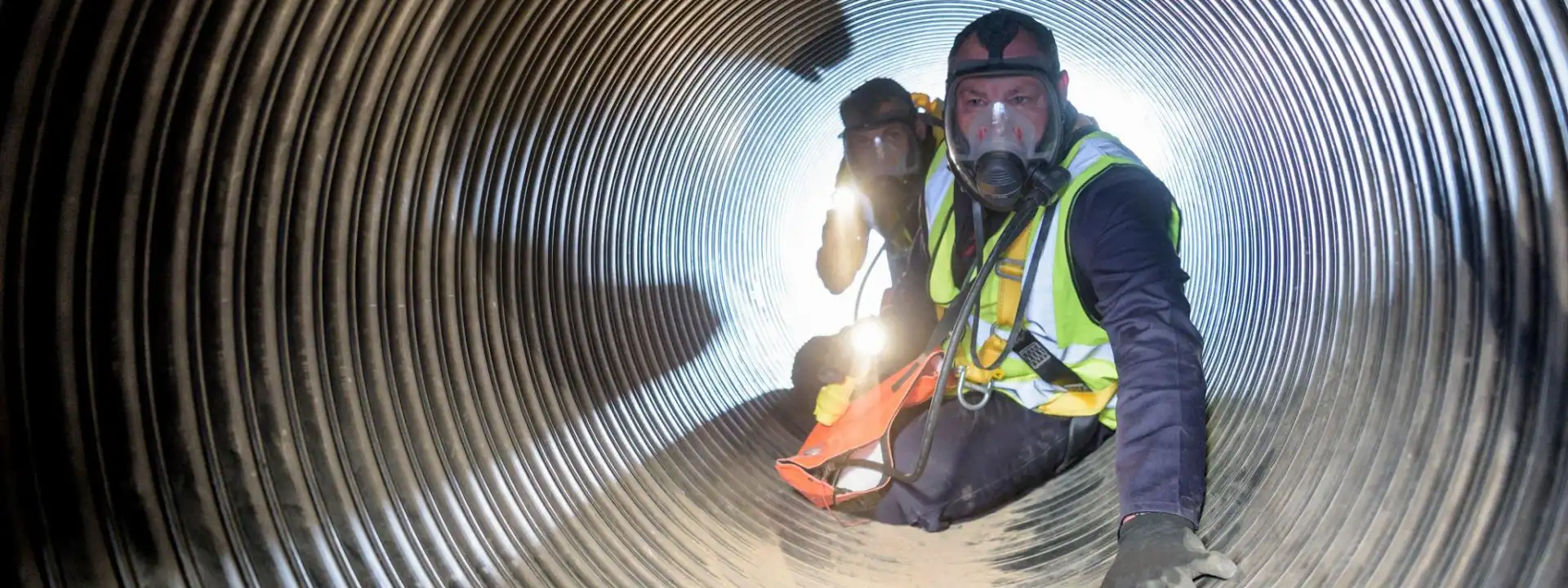
Employees can enter and work in confined spaces within a workplace with a confined space permit issued by an organization or a safety officer. There are a number of hazards that can arise in these spaces due to poor ventilation, limited access, and the possibility of hazardous substances or conditions. Confined spaces are not designed for continuous occupancy and have limited entry or exit locations. In order to identify potential dangers and implement necessary safety procedures, a thorough risk assessment of the confined space is generally conducted before issuing a permit.
4. Excavation Permit to Work
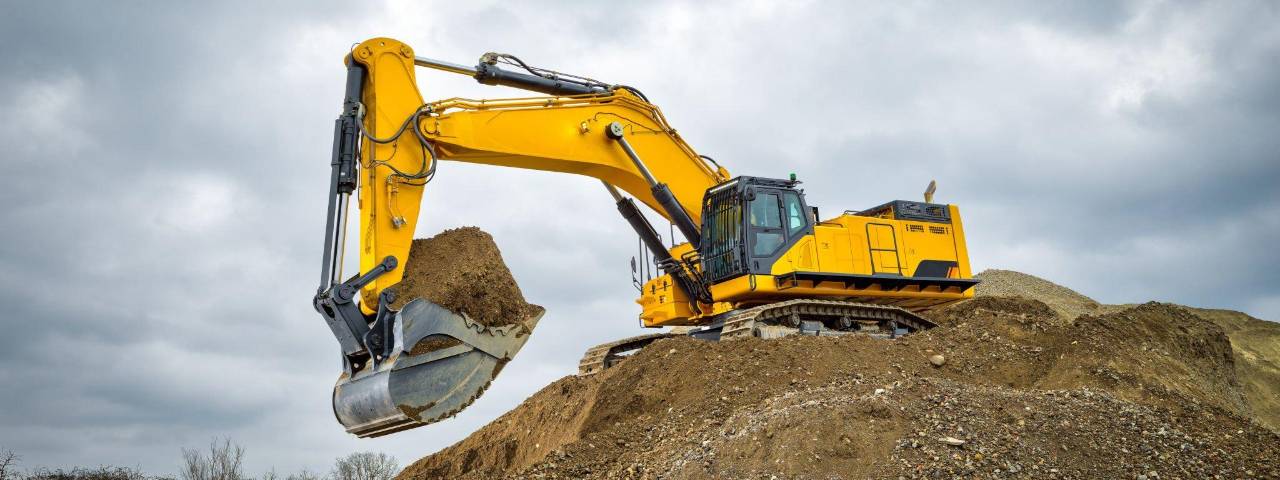
An Excavation Permit to Work gives permission to dig in a designated area. Excavation refers to the process of digging, trenching, or otherwise disturbing the ground for various purposes such as construction, installation, or repair.
This permit is crucial to ensure excavation activities are conducted safely and in compliance with regulations and safety standards. It often provides specific details about the excavation site, the nature of work to be carried out, safety precautions to be followed, the duration of the permit, and any special conditions or requirements.
5. Hot Work Permit and Cold Work Permit
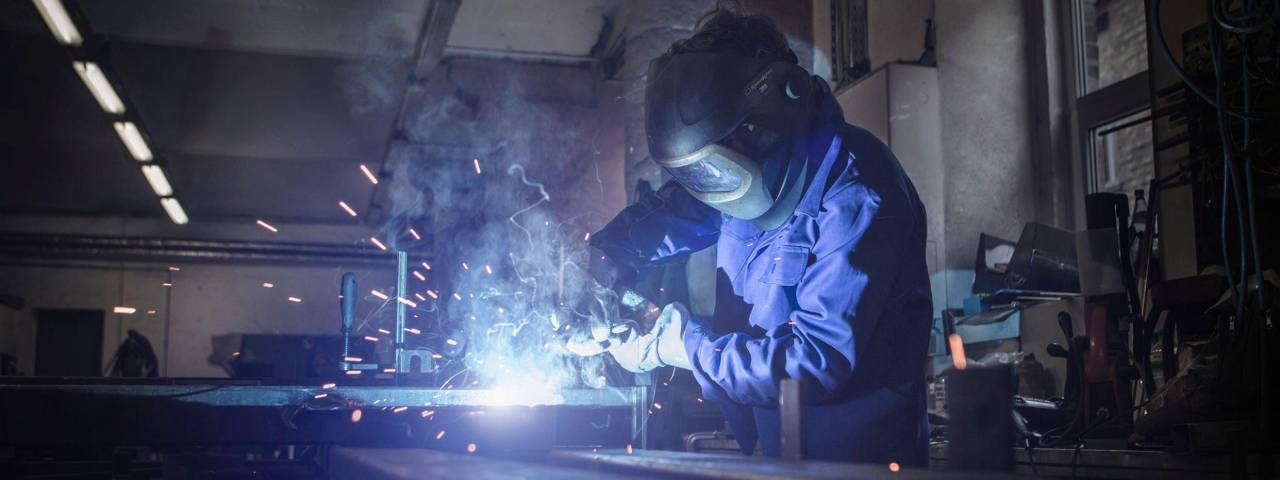
A
Hot Work Permit is issued to allow permission to perform "hot work" activities in a specific area. Hot work pertains to tasks that generate heat, sparks, or flames, such as welding, cutting, grinding, or using torches. These activities have the potential to cause fires or explosions, especially in environments where flammable materials or gases are present.
A Cold Work Permit gives permission for activities that do not involve heat, sparks, or flames. These tasks might include maintenance, repairs, or installations that can be carried out without fire hazards. Cold work permits may still specify safety measures and conditions to ensure work is done safely and in compliance with regulations. Nevertheless, they don’t involve the same fire risk mitigation measures as hot work permits.
6. Controlled Room Permit
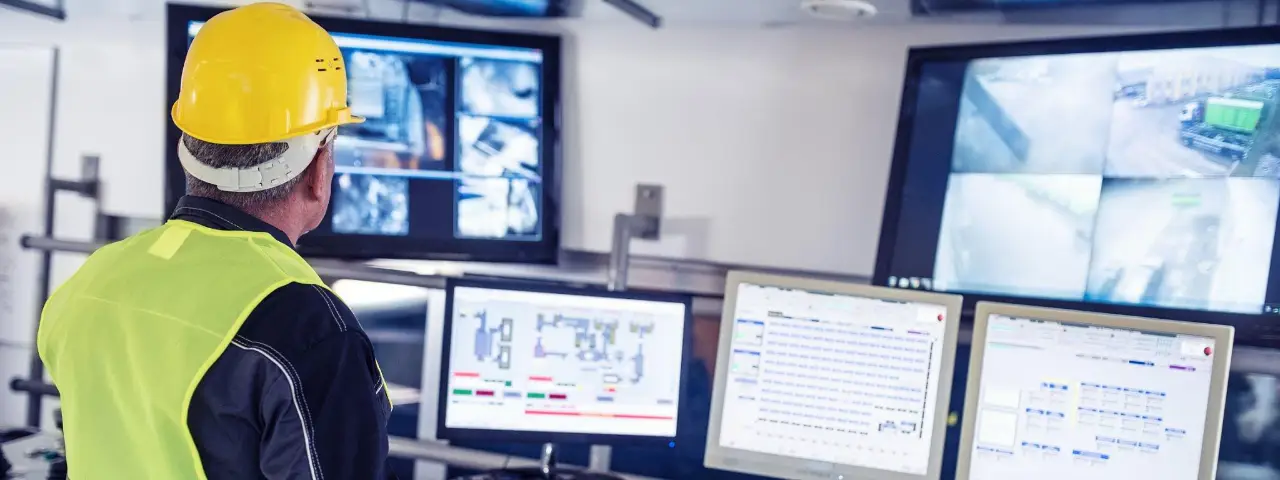
Controlled Room Permits limit access to specific spaces or areas within a building or site. Due to various reasons, such as security, safety, confidentiality, or specialized operations, these permits regulate entry into spaces that require restricted access.
Only authorized personnel have access to designated spaces with Controlled Room Permits. Research labs, manufacturing facilities, data centers, or other areas containing sensitive or valuable information can use them. They help prevent unauthorized access and ensure that those entering a controlled space are aware of and adhere to safety protocols and regulations.
7. PTW MEWP (Mobile Elevated Working Platform)
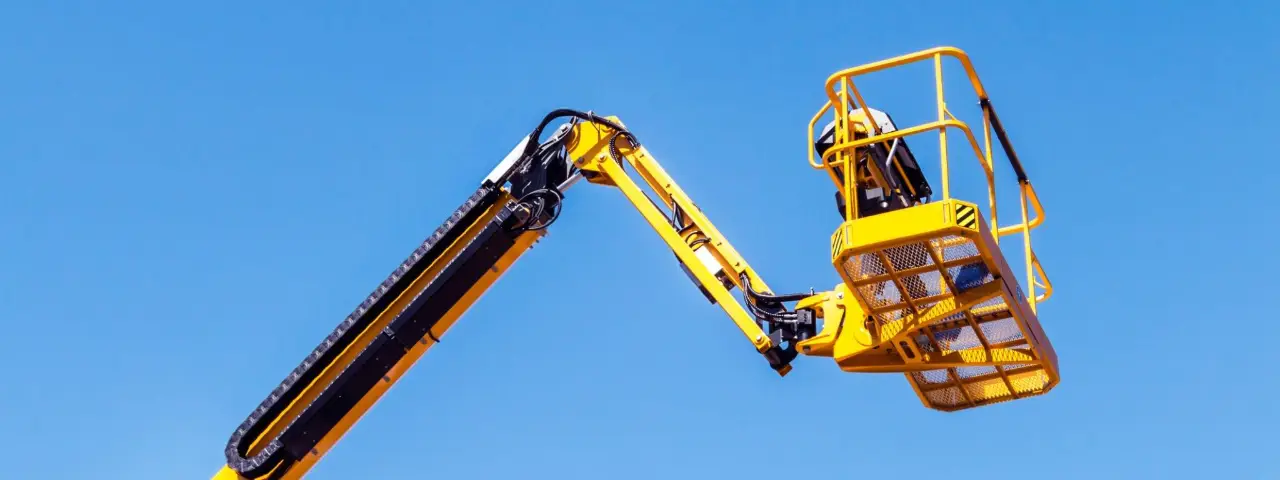
A PTW MEWP, or Permit to Work for Mobile Elevated Working Platforms, is issued before operating a Mobile Elevated Working Platform (MEWP). Lifts like cherry pickers, scissor lifts, and boom lifts elevate workers to perform work at height.
A safety protocol for PTW MEWP ensures authorization, safety measures, and controls are in place before using them. The MEWP is usually operated safely under specific conditions, safety procedures, and requirements that are outlined in a formal process. Permits specify the location of use, the purpose of the work to be performed, the qualifications needed for operators, safety checks to be conducted before operation, and any site-specific risks.
8. PTW EEW (Energized Electrical Work)
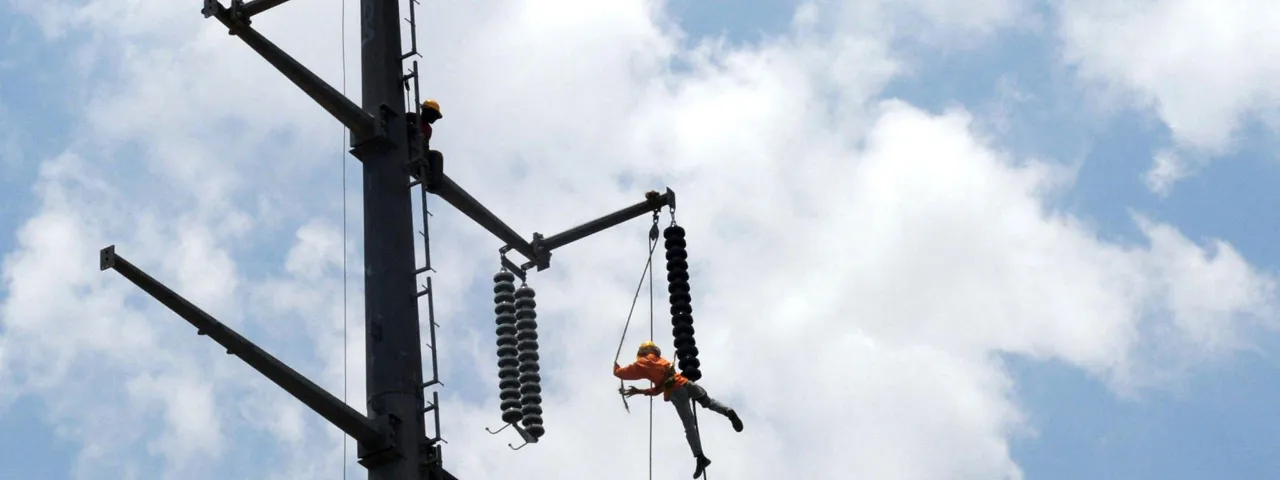
Prior to performing maintenance, repairs, or any work on energized or live electrical systems or equipment, a PTW EEW, or Permit to Work for Energized Electrical Work, is required. When working with electrical systems where shocks, burns, and other hazards can occur, this permit system is crucial for ensuring safety.
Electrical work to be performed requires a detailed risk assessment and adherence to strict safety protocols, including the use of appropriate personal protective equipment (PPE), de-energizing equipment wherever possible, implementing lockout/tagout procedures, and having trained personnel to handle energized systems.
9. Road Blocking Work Permit

A Road Blocking Work Permit is issued by authorities to control and manage road access or closure for certain activities, such as construction, maintenance, events, or repairs. This permit grants permission to temporarily block or restrict traffic flow on a road or a specific section of a roadway.
The permit outlines the specific details of the road closure. This includes the location, duration, reason for the closure, and the activities during the blocked period. It may also include safety measures, traffic diversion plans, alternative routes for motorists, and any necessary permissions from local authorities or agencies.
10. Demolition Work Permit
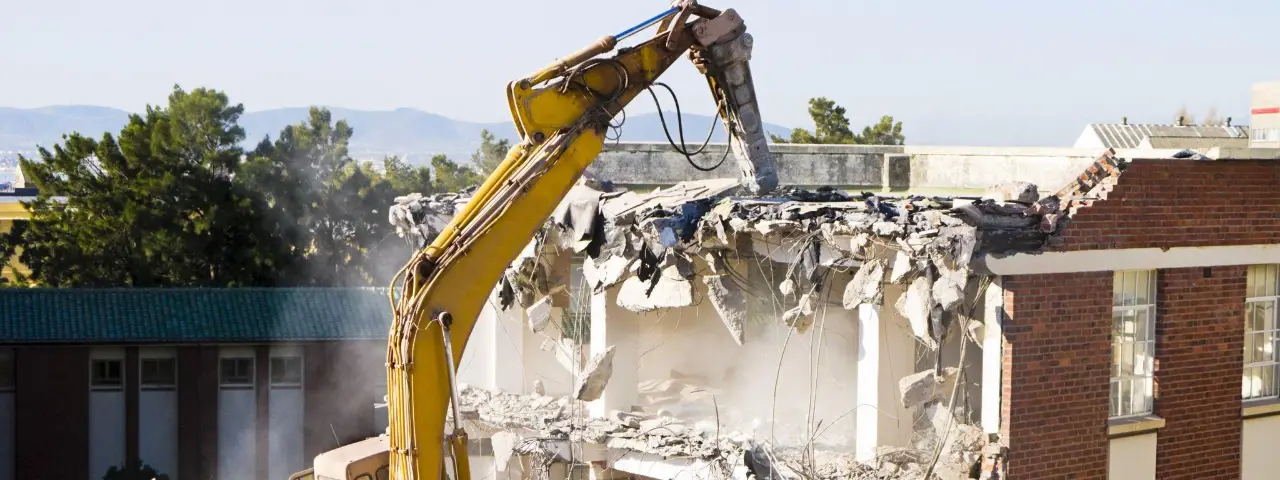
A Demolition Work Permit is an official authorization or document issued by a regulatory body or local authority that grants permission to carry out demolition activities on a particular site or structure. If you intend to tear down, dismantle, or remove buildings, structures, or parts thereof, you need this permit before beginning demolition work.
The permit type includes details such as the location of the demolition, the scope of work to be performed, safety measures required for the demolition process, environmental considerations, and sometimes the methods or equipment to be used. It may also require assessments of hazards, waste disposal plans, and measures to mitigate risks to neighboring properties or the environment.
11. Chemical Entry Permit
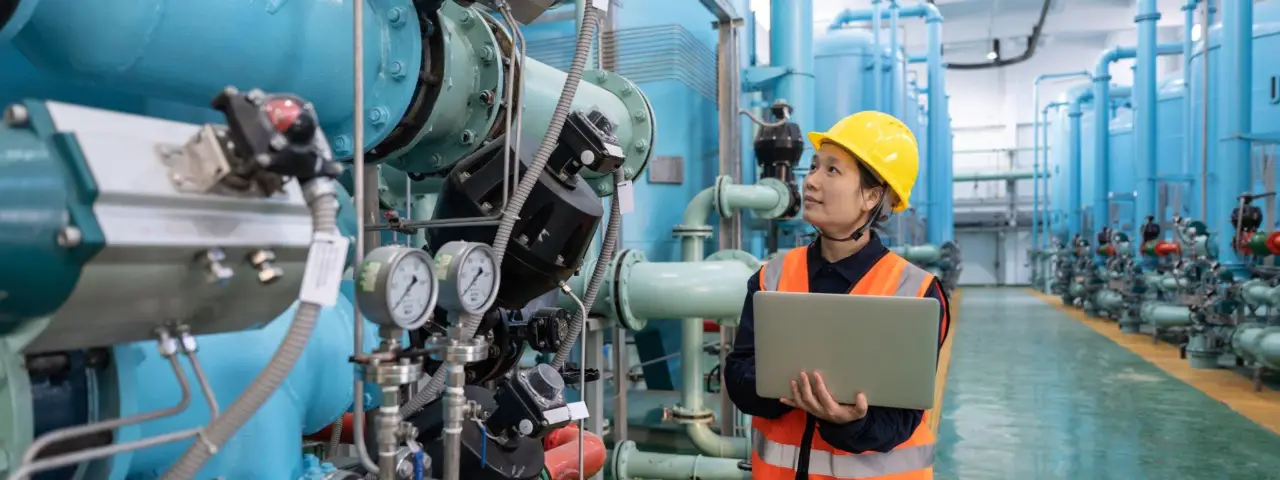
A Chemical Entry Permit is an official authorization or documentation required before entering specific areas or facilities where hazardous chemicals or substances are present. A permit is usually issued by hazardous material handling or storage facilities to ensure the safety of people entering those areas.
Permits must be obtained before entering spaces where hazardous chemicals are stored, processed, or used. Chemical safety information includes information about their types, potential hazards, personal protective equipment (PPE), emergency procedures, and safety guidelines.
12. Night Work Permit

Night Work Permit is issued to conduct work, construction, or activities during the night. This is when such operations might otherwise be restricted due to noise ordinances, safety concerns, or other regulatory limitations. It outlines the specific details of the work to be performed. It also outlines the duration of the permit, and any necessary safety measures or conditions to be followed during nighttime operations.
Night Work Permits are often issued after considerations of disruptions to nearby residents, traffic, or the environment are evaluated. It may include requirements for reducing noise, implementing additional safety measures for workers, and considering the impact on the surrounding area.
13. Work At Height Permit

The permit sets forth specific safety measures, procedures, and precautions to follow when working at height. It includes details about the location of the work, the nature of the tasks to be performed, safety equipment required (such as harnesses, safety nets, or guardrails), and protocols for
preventing workplace accidents.
Before issuing the
Work At Height Permit, a thorough risk assessment of the work area is often conducted to identify hazards and to implement appropriate safety measures. The permit ensures that only trained and authorized personnel who understand the risks associated with working at height can perform such tasks.
14. LOTO Permit (Lockout-Tagout)
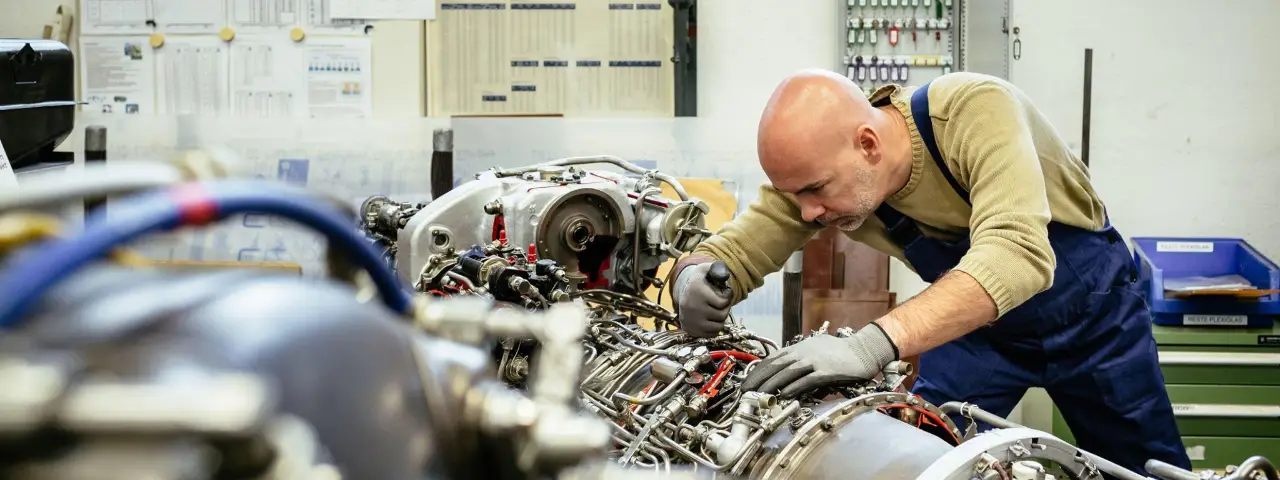
A LOTO Permit, also known as a Lockout/Tagout Permit, is used in industrial settings before servicing or maintenance work is performed on machinery or equipment. This permit ensures workers' safety by controlling hazardous energy sources.
The LOTO
Permit to Work Software prevents accidents caused by unexpected machinery activation. It ensures that only authorized and trained personnel conduct maintenance activities after properly isolating and securing the energy sources. It's a critical safety measure in industries where machinery or equipment maintenance causes significant risks to workers' safety.
Conclusion
To conclude, these 14 types of permits play a vital role in ensuring the safety of workers, the environment, and the public by ensuring hazardous tasks are carried out safely and according to legal requirements. In order to maintain a safe working environment, it is important that safety experts are consulted and that specific procedures outlined in each permit are followed.